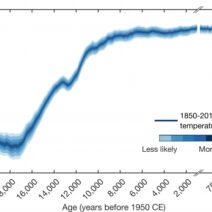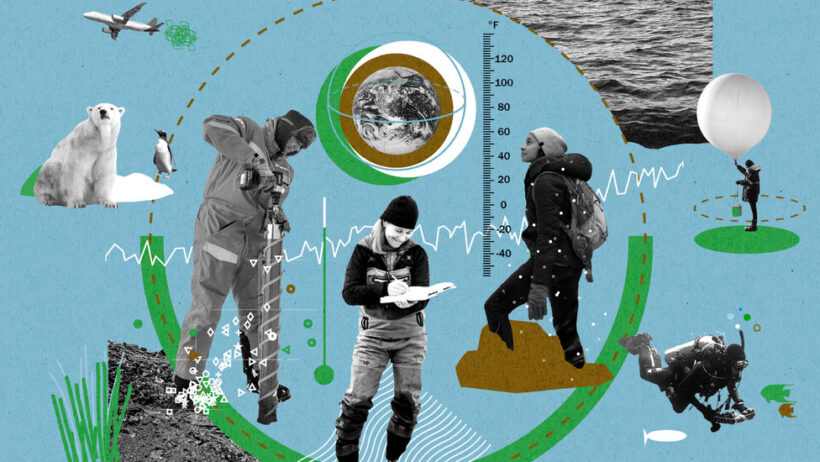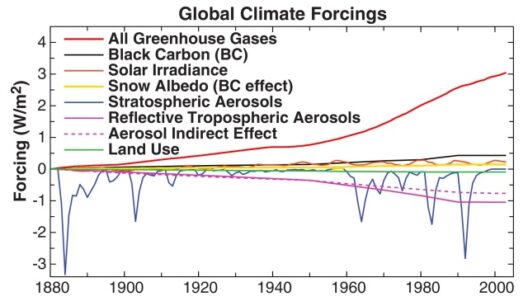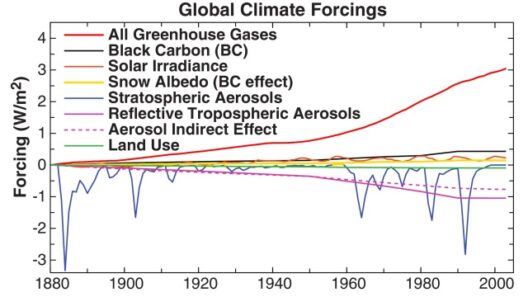The intricate dance between Earth’s magnetic poles and the phenomenon of global warming is a subject that has fascinated scientists and the public alike. As the planet’s climate continues to evolve, we find ourselves looking to the skies—or rather, to the Earth’s core—questioning whether these magnetic fluctuations hold any sway over the warming climate. This exploration into the “Magnetic Mystery” seeks to unravel these entangled threads of geology and climate science.
At the outset, it’s crucial to delineate the two primary forces at play: Earth’s magnetic field and the climatic systems that govern weather patterns and temperature distributions. The magnetic field, generated by the molten iron in our planet’s outer core, acts as a shield against solar and cosmic radiation, protecting life forms on Earth. This geomagnetic shield plays a pivotal role in maintaining the stability of our atmosphere. However, its connection to global warming is less direct and more convoluted.
To understand this complex relationship, one must first consider the fundamental process of global warming. The Earth’s atmosphere is increasingly saturated with greenhouse gases—such as carbon dioxide, methane, and nitrous oxide—resulting from human activities, like fossil fuel combustion, deforestation, and industrial emissions. These gases trap heat in the atmosphere, leading to a gradual rise in Earth’s average temperature. In contrast, the behavior of the magnetic poles is influenced by geomagnetic processes, including pole reversals and secular variation, phenomena that occur over geological time scales.
The Earth’s magnetic poles are not static; they shift over time. The phenomenon known as geomagnetic reversal refers to the process where the magnetic north and south poles switch places. Historical evidence suggests that these reversals, occurring every several hundred thousand years, have coincided with major climatic shifts. However, establishing a direct causational link between magnetic reversal and immediate climate change remains a tantalizing question.
One of the intriguing aspects of geomagnetic phenomena is the correlation between periods of magnetic instability and dramatic climatic changes. During past magnetic reversals, the Earth has experienced substantial climatic variations, including periods of glaciation. However, this correlation does not imply that the current warming trend is a result of similar geomagnetic activities. Current scientific consensus emphasizes anthropogenic factors as the overriding influence on today’s climate change.
The relationship between magnetic fields and temperature modulation is further complicated by the role the geomagnetic shield plays in protecting the atmosphere. For instance, fluctuations in the magnetic field may alter the dynamics of solar radiation reaching the Earth’s surface. When the magnetic shield is weakened, increased solar radiation can penetrate the atmosphere, potentially triggering short-term climatic effects. This raises questions about how much the weakening magnetic field, a phenomenon we are currently witnessing, could influence climate patterns in the future.
Furthermore, the implications of shifting magnetic poles extend beyond mere temperature changes. Changes in the magnetic field could potentially influence oceanic currents and wind patterns, which are fundamental components of global climate systems. For example, currents like the Gulf Stream are pivotal in regulating temperatures across Europe and North America. Understanding how magnetic variations could alter these currents is vital for predictions about regional weather shifts in a warming world.
Current research also interrogates the possibility of a ‘magnetic climate’ in which magnetic fluctuations could impact weather conditions more broadly. As climatic changes unfold, researchers are increasingly interested in whether there is a feedback loop between climate and magnetic shifts. For example, could the alterations in temperature gradients cause changes in the magnetic field, and vice versa? This intricate interplay demands a multidisciplinary approach, bridging climatology and geophysics.
The fascination with Earth’s magnetic poles and their potential impact on climate is patently evident, but so too is the need for caution. Some speculative theories suggest that significant changes in the magnetic field could herald catastrophic climatic events. However, scientific rigor requires that these theories be grounded in empirical evidence, which remains sparse. As models of climate change become more sophisticated, delineating the influence of magnetic conditions will require time and persistent inquiry.
As greenhouse gas concentrations rise, it is imperative to prioritize actionable mitigation strategies rather than getting sidetracked by appealing enigmas of Earth’s magnetic fields. While investigating the magnetic influence on climate can enrich our scientific understanding, it must not detract from the pressing need to address anthropogenic factors contributing to global warming. Society must tackle these challenges with unwavering resolve.
In conclusion, while the ‘Magnetic Mystery’ surrounding Earth’s poles is an area ripe for exploration, it currently serves more as a complement to climate discussions than a causal element. The scientific community must continue to probe this fascinating intersection between geomagnetism and climate dynamics, yet simultaneously, it is critical to remain anchored in the reality of climate change’s primary drivers. Understanding the past may illuminate some paths forward, but the imperative to combat global warming is urgent, requiring immediate action on multiple fronts.






